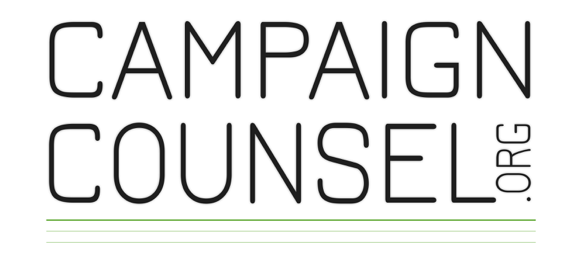Professional Asks Impact Capital Campaign Solicitation Success
I was in a capital campaign committee meeting a few weeks ago with volunteer community leaders and our client’s administrators, maybe 12 people in all. We’d been working together for nearly two years — from feasibility study through campaign management — and some of our committee members were getting frustrated. They had every right to be tired. The campaign plan indicated that we should be further along towards our goal than we were.
“How much longer do you think we’ll be doing this, Kevin?” asked one of our volunteers, Marie, who is a local banker and a star on the campaign committee. A campaign committee ‘star’ is someone who does what they promise in a timely manner using the capital campaign processes that we teach. And it is a person who doesn’t shy away from honesty. Marie was tapping her pen on the table; she wanted action!
I’ve been in hundreds of situations like this, so I’m well aware of my role as the paid consultant. I looked over at the nonprofit’s CEO. He was staring at some papers on the table in front of him. That was my cue to deliver some tough love.
“Well,” I said. “That depends...”
Before I tell you how I completed this sentence, let me outline the steps for making a professional capital campaign solicitation – the process – that we train our committee members to use.
We help our nonprofit clients select campaign committee members who are well-respected business leaders and philanthropists who are willing to work.
We help ensure that donor prospect assignments are peer-to-peer; the committee member scheduling and/or making the solicitation knows the prospect and has similar philanthropic capacity.
We continually remind the committee members to schedule solicitations with all decision makers present (e.g., both spouses or business owners).
We insist that our committee members never work alone – always in pairs – and solicit the prospect(s) in a quiet, private environment.
We encourage the committee members to close their solicitation in a timely manner.
This process isn’t new, and it certainly was not invented by our company. It has been around a long time and it works. But the process is hard, especially when there are other people on the campaign committee, and there always are, who believe that professional solicitations can be done impromptu at a cocktail party between bites of skewered shrimp. The person making these types of solicitations on this committee was Charles.
Now we can go back to my response to the question, “How much longer do you think we’ll be doing this?”
“That depends,” I said to our campaign star, Marie. “If we keep making asks at cocktail parties, we may be here another two years. But if we make our calls, use our tools, and follow our processes, then we could wrap this up in less than six months.”
Marie nodded and looked down at the papers in front of her. There was a long silence. My hope was that she or another committee member would reinforce my process message. The best reinforcement, especially this late in the fundraising process, comes from volunteers, but none were willing to speak up.
That might have been because our impromptu solicitor, Charles, was older, opinionated and stubborn. Charles was going to do things his way, period, and seeing as he was a well-connected leader in the community and loved this particular nonprofit (he was one of their best donors), we had to keep him on the committee.
Our company uses a wonderful online software tool for capital campaign management called AboveGoal. It tracks all sorts of cool data, including macro data like Key Performance Indicators (KPI) as well as micro data like the total pledge commitment brought in by each volunteer.
I usually focus on the macro data during committee meetings because I don’t like to create a competitive environment regarding pledge attribution. For example, each meeting includes discussion about the ask-to-gift ratio, which is the comparison of how much we are requesting of our prospects compared to how much they actually give. I like to see a number around 75%, which indicates we are asking for stretch gifts, but not ridiculous gifts. This ratio, however, is also a good indicator of process. A low ratio, let’s say around 50%, may also indicate that committee members are not asking for the amount we specified; they are making open asks… which is bad. Why? Because in capital campaign solicitations, as in life, we need to know what is expected of us. Without expectations – without asking for specific stretch gifts – we tend towards doing the least work necessary to get by.
“Charles,” I said. “I’ve been looking at your pledge commitments and they’re terrible. You need to start making professional asks or we’re going to kick you off this committee.”
Just kidding, I didn’t say that! But I did communicate a much kinder version of it to him after the meeting in private. Will he change his ways? Will he stop making cocktail party solicitations? I don’t know yet, but I doubt it, which is why we are reassigning some of Charles’ prospects to Maria. In addition, I will cheerfully encourage Charles to stop making asks alone. This aspect of making professional solicitations, number four in the process I enumerated earlier, is one of many small, seemingly benign steps. But every one of these steps has purpose. One builds upon the next until they culminate in the best solicitation possible.
You can learn more about the capital campaign process with a free workshop for you and your board members or by visiting our free resources page.
Kevin Wallace is president of CampaignCounsel.org. Contact him by clicking here.







